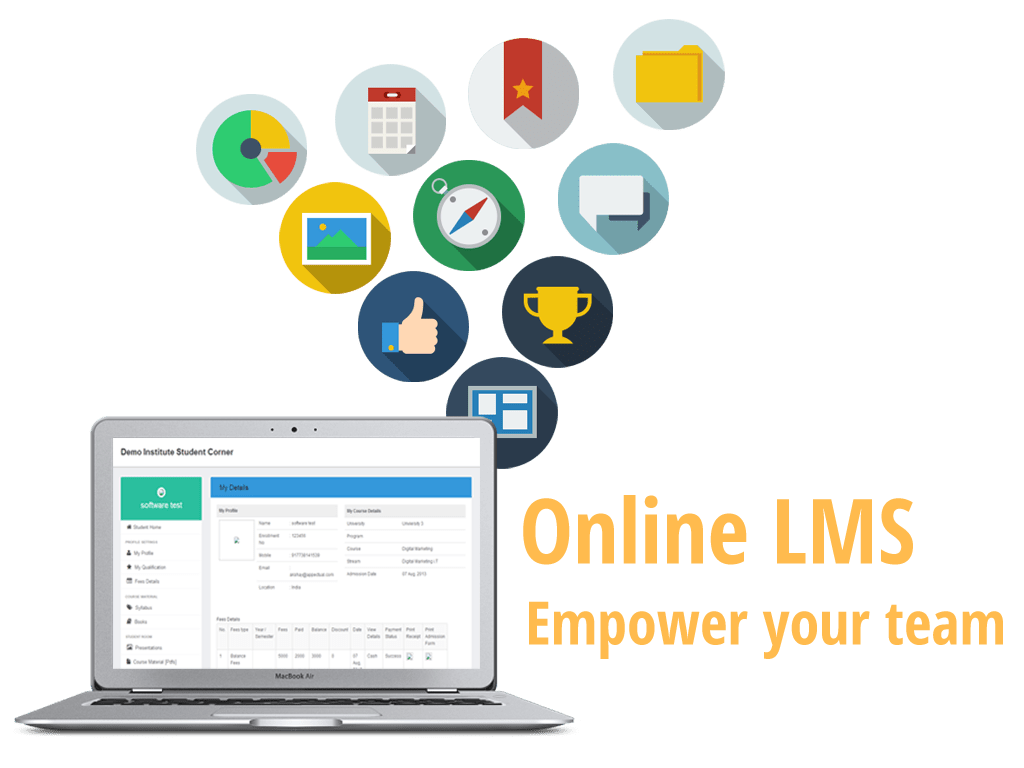
But why is this the case? Well, we only need to look back at the themes we’ve already discussed to understand. To keep up with the changing shape of L&D, your platform should probably do some or all of the following:
- Allow you to offer a tailored or more personalized approach to each employee.
- Allow the L&D team to curate ready-made resources as well as adding custom-made content and to present it all in a sensible schema or pathway.
- Be user-friendly and searchable so that learners can readily find resources when they need them.
- Be a collaborative space where people can learn from each other.
- Be available offline to give alternative ways for people to access learning content if they don’t have a constant, reliable internet connection.
- Work seamlessly on any kind of device and look pretty good to boot.
- Become a destination where people ‘want to go every day’.
This doesn’t sound much like a traditional LMS, and is moving towards what’s generally called a Next-Generation Learning Environment (NGLE). A platform or space that focuses on an evolved way of delivering L&D opportunities including a great user experience, social interaction, content delivered in pathways and—importantly—a way to measure outcomes.
Or, as we described it in our Time to Transform guide: a learning ecosystem that makes the most of digital transformation – elegantly using a stack of technology to facilitate learning.
“The biggest priority is introducing the concept of a ‘learning ecosystem’ to my company.”
The words ‘environment’ and ‘ecosystem’ are key here: we don’t have to restrict ourselves to thinking of this as one stand-alone tool, and our interviewees certainly don’t. A Learning Management System can be the first building block onto which you add other tools that specialize in delivering particular aspects. Think a curation plug-in to help you crawl online content or a platform to host your video library, for instance.
Let’s not get too carried away. Our online survey revealed that some organizations are at the stage of needing and installing an LMS for the first time. Right now for some, perhaps what’s needed is simply a way to start delivering learning content. But why not plan with the future in mind and make sure the Learning Management System you choose is flexible, scalable, and able to grow with your L&D needs?
Destination Learning
“In the world today our employees have tons of choices. So how do we ensure that we are a choice, a destination? A destination has a very different connotation to ‘I’m going to do my online learning’. How many times a day do you check Facebook, for instance?” – Virginia Hanchar, MediaCom
If anything surfaced as a buzz-phrase through the course of our interviews it was this: “We want our learning platform to become a destination.”
For some, it’s no longer enough for their LMS to be beavering away in the background as a pure delivery mechanism for eLearning, no matter how powerful or sophisticated. It needs to be a place where employees will actively want to go and seek out opportunities to learn or develop. As one person summed up, the aim is to “drive people back often rather than serving all the content up at once and then the learner never returns”. If our learners are to be truly empowered and self-driven, this is key.
If that’s the case, why not give your platform more of a personality? Think of it not as a technical solution, but as part of your overall L&D awareness campaign. One of our interviewees has taken this approach literally – the platform has a name and is represented by an identifiable character with a quirky personality. Learners are engaged and encouraged to go and ‘train’ with this character – far more memorable than just logging onto any old LMS.
And perhaps, as in the case of another interviewee, making a change to the platform will start a revolution when it comes to your learning content too. Rather than ‘lifting and shifting’ your old-style ‘click next’ content from the old LMS onto the new, a new beginning can become a chance to review how learners will actually want to find and consume information. Having a flexible platform managed by the L&D team makes it easier to add resources and potentially to bring some of your content creation in-house. In this way, the platform you choose—and how you choose to employ it—can actually be the cornerstone of your whole L&D strategy and can drive change.